Hello again. Continuing on with my song writing series today. Be sure to check out part 1 and part 2 if you haven’t seen them yet. After writing the lyrics for the first verse of my first song, I then sat down at the piano and pondered which key my song should be in with the help of this article I found on Music Tuts Plus. This site has a lot of great tutorials, which go really in depth into the process of song writing. If you’re looking for even more info and ideas spend some time browsing this. I’ve just collated a few of the tips that I found most helpful.
The basic ideas this article covers are taking into consideration who will be singing the song. “A male singer with a strong tenor range might prefer to sing in a key like G or A major but a female singer is likely to enjoy working in a lower key, like D—or even C if she is an alto.” As a female singer, I favoured the keys of D and C.
Another thing to take into consideration is the best keys for each instrument. “Electric and acoustic guitars sound naturally good in keys like E, A and D because their string tunings ‘fit’ well in those keys. On the other hand, in the key of D that low D will be out of range for a 4-string bass player.”
Lastly and probably most importantly in the end, is what mood each key conveys. “It’s commonly believed that major keys tend to sound happy and positive in mood while minor keys are darker and more emotional. Each key has a unique mood all of its own.”
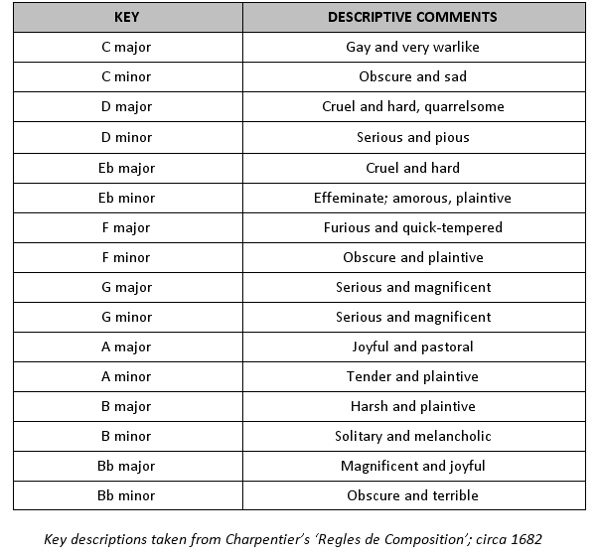
I don’t think I actually settled on a key before I started trying to write the melody but it all helped my process. I ended up with the verses in the key of Dm. Then I went up a key to Em for the choruses and the bridge. Even though I know a bit about playing the piano, I still struggle with knowing which chords are in which keys and how to play each different chord. I found this sheet on the internet, printed out a copy for each key and highlighted the chords for that specific key. This helped me to come up with some chord progressions that might bring on inspiration. If you are more of a guitar player you could do a similar thing with a guitar chord sheet.
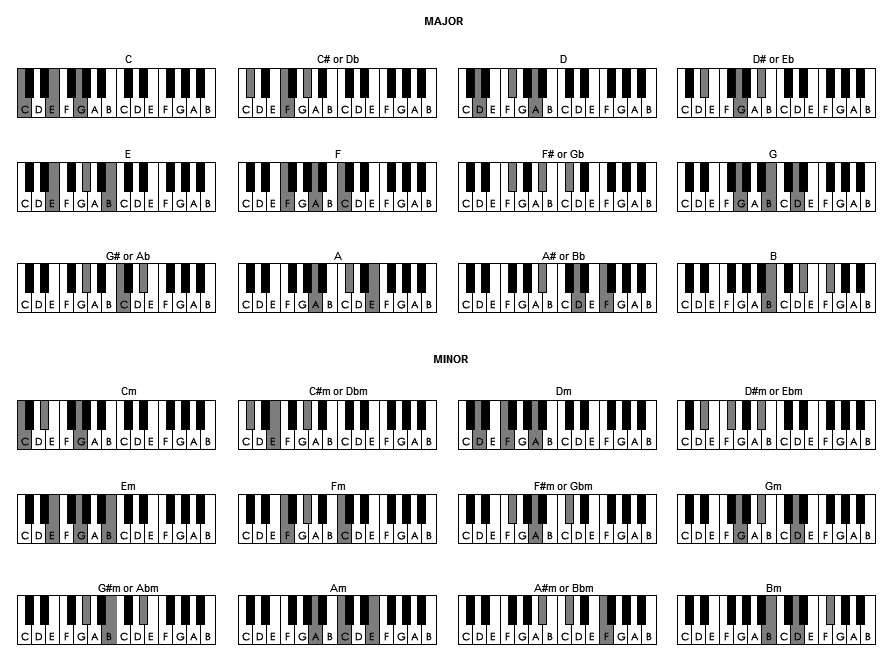
Even with a key to meddle around in and some chord progressions to try and get the creative juices flowing, I still was having trouble coming up with a melody to go with my lyrics. So I tried these 10 steps I found at this website. The steps were very handy in getting me thinking melodically rather than so stuck with the rhythm of the words I had already written. This is a reduced down version. If you want more details for each step visit the website I linked earlier.
Adding Melody To Your Lyrics
- Read your lyrics aloud several times.
- For every line of lyric, write a number from 1 to 10 that corresponds to the emotional value of the line.
- For every verse or section of lyric, write the 2 or 3 words that hold the most emotional value.
- For every verse or section of lyric, find the one word that seems to serve as a climactic point.
- Play the first chord from a short chord progression on your guitar or keyboard. Sing the tonic note (e.g., if you play a C chord, sing a C).
- Start reciting your poem on that note, and think about the inherent rhythm of your words.
- Play through your chosen chord progression, and sing your melody on the tonic note.
- Start singing your lyric again, this time changing the starting note of each line by considering the emotional value you assigned to each line of text. If you gave your line a value of 1-3, start on a low tonic. Whereas if you gave it a 4-6, start on the 3rd above it. Finally, if you gave the line a 7-8, start on a dominant note. And if your line is very emotional (9 or 10), start singing on the upper tonic note.
- Create melodic leaps by considering the emotional words you listed in Step 3. When you sing those words, allow your voice to leap upward.
- Create a climactic high point by considering the emotional word you listed in Step 4.
Finally after doing all these steps I started coming up with a melody! As soon as I came up with something good I quickly recorded it on my phone. I also jotted down notes on this sheet. This helped me to remember how it went. But I soon found out (When I plugged out the melody into Songtive and played it back) that what I had written out was actually not how my melody went in most cases. Those of you who are more musically trained might be able to figure out which length notes you need better than me.
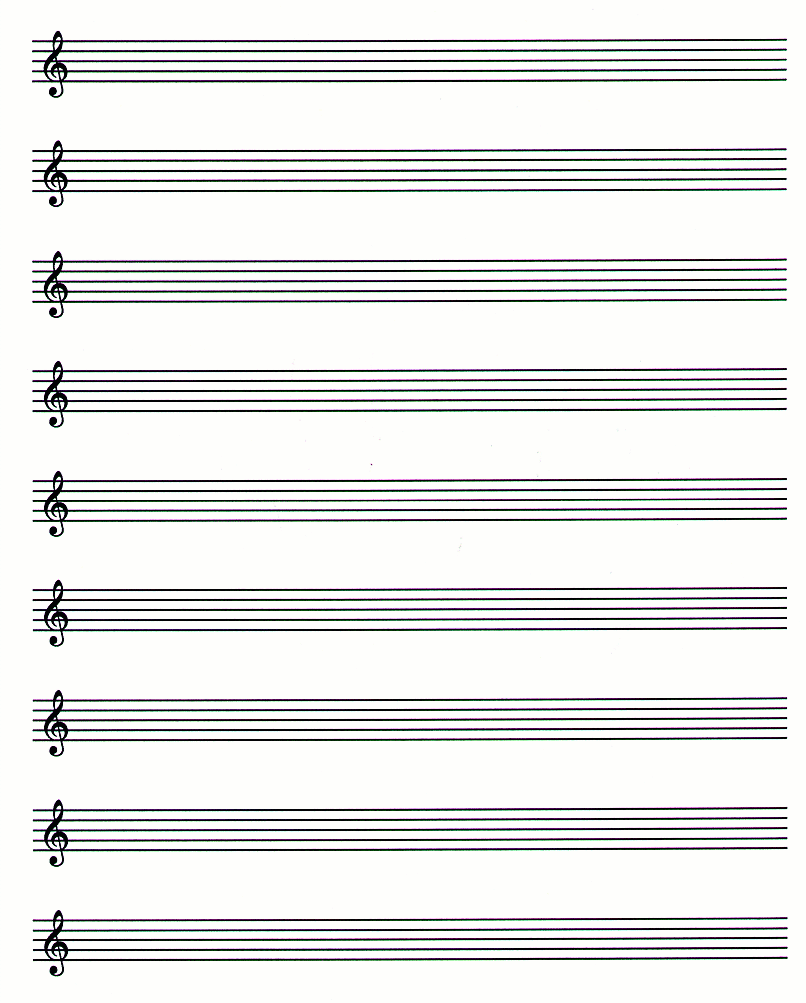
All of this helped me to write a melody for the first verse I had written. I then had to continue writing lyrics for more verses and then the chorus as well. Coming up with a different enough melody for the chorus was difficult. I had to go through the 10 steps all over again. After much struggle, I had finally written the basics to my first song. After coming up with the melody, I figured out which chords sounded best with each phrase. I did this by looking at which notes were being sung in the melody and which corresponded the most with the different chords.
Since then I have continued to add basic drums, synths and a bass guitar part through Garage band. But I have been limited by my lack of knowledge with those particular instruments. Thus this song is now uploaded to Find My Song (and now also Kompoz), the collaboration website I mentioned in part 2. Hopefully it will continue to grow with input from musicians with the right expertise.
The last instalment of the song writing series is now up and ready for you to read. Check out Part 4.
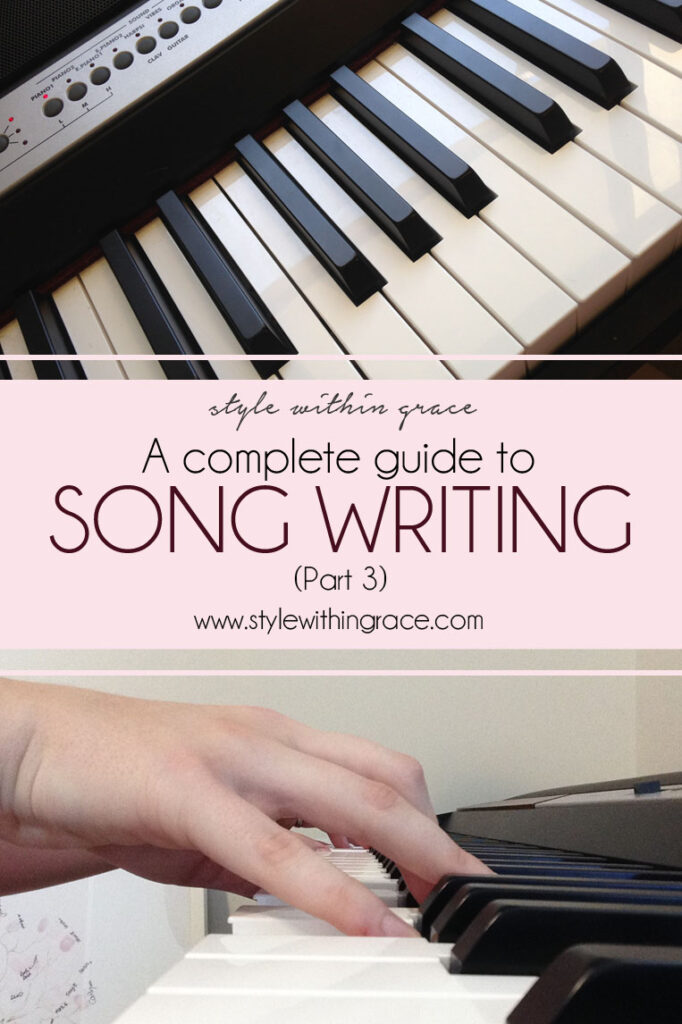
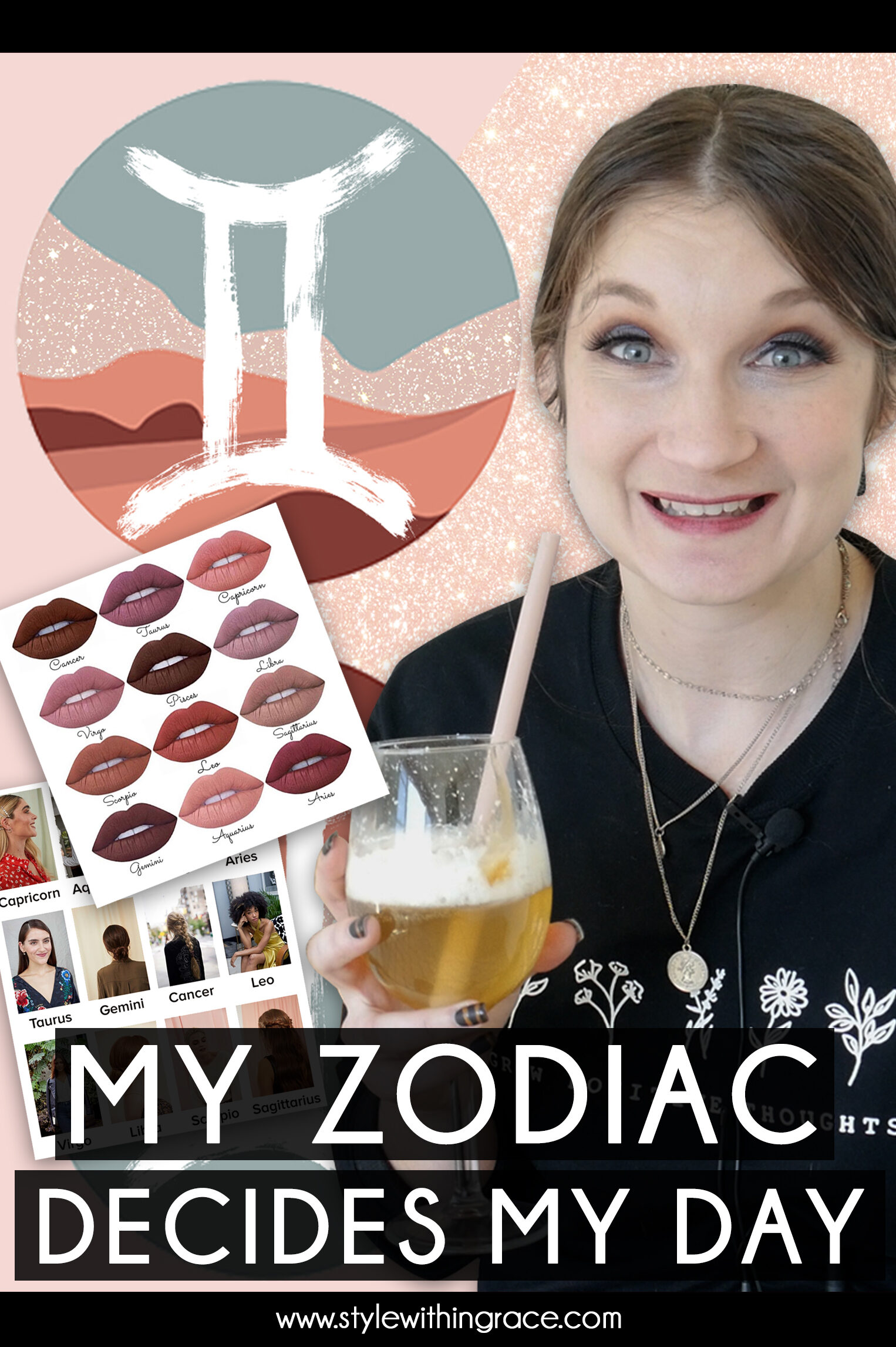


HI I am looking for a sheet music download for a project that i am doing with my preschool class
Hi Charmane, You should be able to just right click on the sheet music on the page and save it to use for your preschool class if that’s the kind of sheet music you’re after.